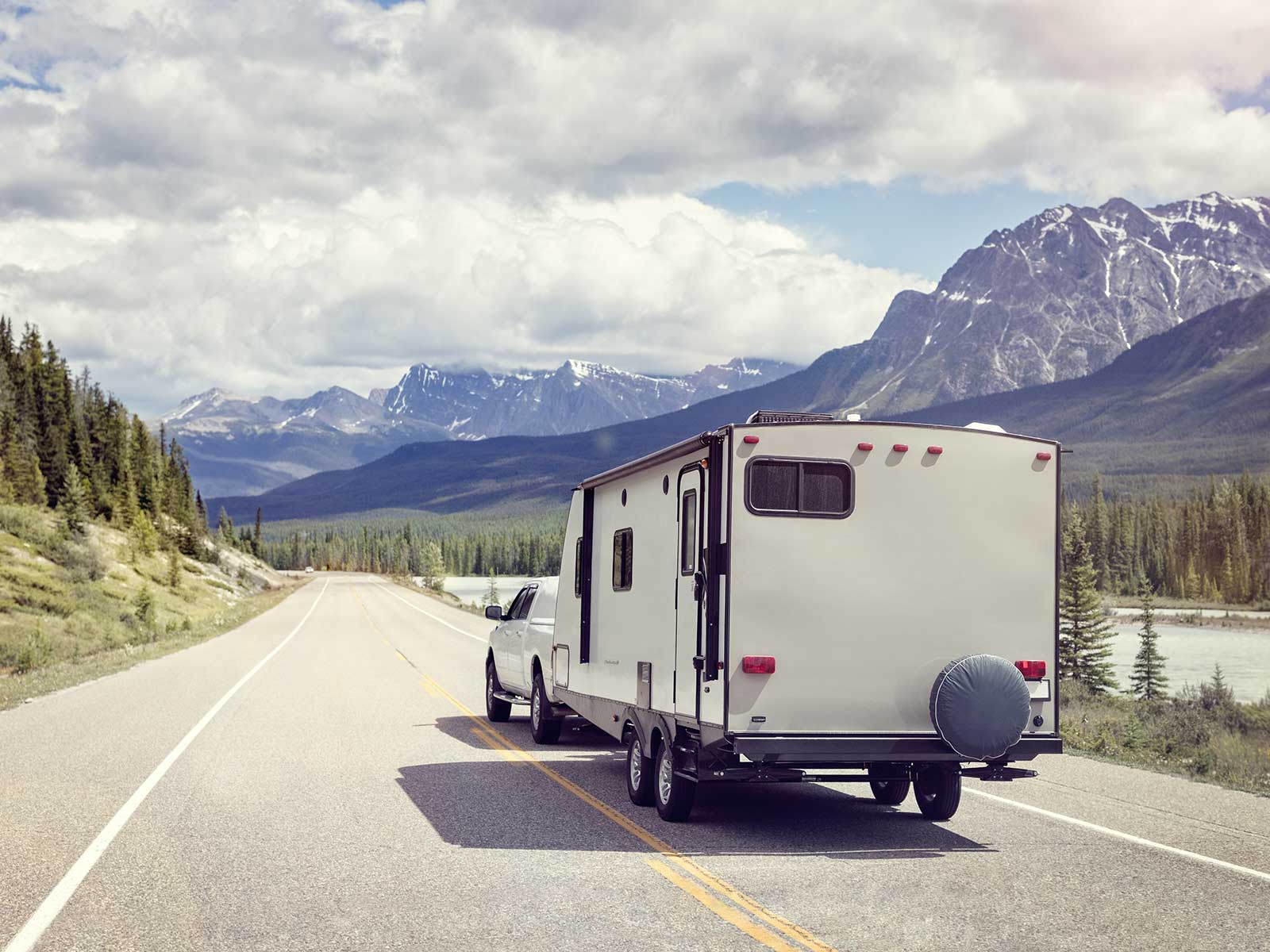The answer to that question is yes….and no. You should have them but not use them. What that means is that if you’re somewhere that conditions require chains, just pull over and shutdown. Don’t risk it. Most motorists don’t have chains and aren’t as careful as you.
Obviously, tire chains have a very important purpose if you unexpectedly encounter slippery roads or heavy snow. Not only that, but CMVs are required to carry them, in some states.
All CMV operators, pulling any sort of trailer, are required by several state DOTs to have a set of tire chains for the drive tires on the truck and at least one set of chains for the trailer he’s towing, if the trailer has a braking system.
You can pick the axle or which wheel location you want to put the chains but there must be at least one chain on each side of the trailer. All truck drive tires must be chained.
Unfortunately, as with many DOT laws, chain laws vary from state to state:
- Georgia law says there “will be signs to inform drivers that snow chains are required.”
- Northeastern states do not require chains.
- Montana law says chains are permitted October through April but are not mandatory unless notices are posted.
- Nevada, Idaho, Wyoming, Colorado, Utah, Oregon, Washington and California have laws like Montana.
Most western states require drivers to have chains in the truck and provide “chain-up” areas
preceding mountain passes or other dangerous areas. You don’t have to put them on unless a “Chains Required” alert has been posted and the chain-up areas provide the last available opportunity for chaining up.
Carry chains so you are legal but take every precaution to avoid needing them.
That means watching the weather reports for the areas you expect to travel in and avoiding areas where chains might be required. Every state DOT has a phone number and a website for road conditions.
A wise driver will take advantage of those reporting avenues. Chaining up is not any fun and is not an assurance you will be safe. Shutting down is.
Happy trails,
Brian














